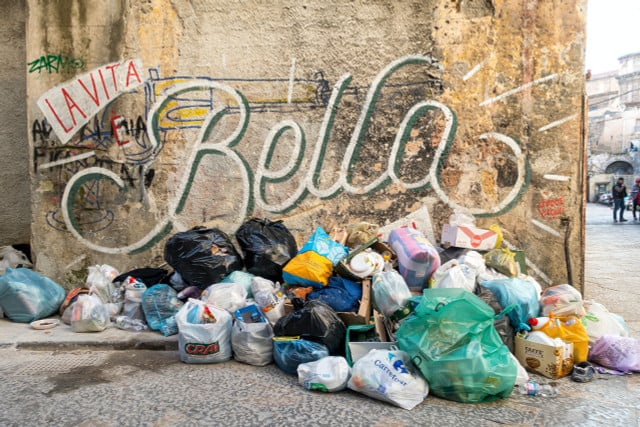rPET, which stands for recycled PET, is a type of plastic that is produced entirely from recycled materials such as water bottles.
The problems that come with the increasing consumption of plastic, which has risen by nearly five million tons in the US alone over the last decade, are numerous and well-known. Plastic production has adverse effects on both our health and the environment. Clinical studies have discovered traces of plastic in eight out of ten babies, with no consensus on the potential dangers this poses. Additionally, eight percent of the world’s oil consumption is utilized, either directly or indirectly, to produce plastics.
Plastic takes an incredibly long time to break down, ranging from decades to centuries or even millennia. However, some plastics are better than others. By opting for recycled plastics like rPET over more harmful options such as black plastics, we can genuinely contribute to preserving our environment. Nonetheless, rPET materials offer only a partial solution to a massive problem, not a significant breakthrough in sustainability.
What Are the Benefits of rPET?

Many people wonder if recycled polyethylene terephthalate (rPET) plastic can help solve our growing problem of waste. Its flexibility and responsiveness to heat make PET a useful material that can be easily recycled if cleaned and sorted properly. This allows PET products to be returned to their original form. rPET is commonly used to make drinking bottles, often produced using a mix of recycled and new PET, as well as polyester garments.
Although rPET can be recycled, it cannot be recycled indefinitely. Each time the plastic is heated, it degrades and must be used to make lower-quality products. To change the viscosity of old plastic, manufacturers often add chemicals. By using rPET, we can avoid depleting the planet’s fossil resources and also consume less energy than producing new PET. According to a study, recycled PET bottles can reduce greenhouse gas emissions and fossil fuel consumption by 13 to 56 percent. Using rPET allows us to make the best use of plastic that is already in circulation.
However, rPET still ends up somewhere eventually. In the best case, it goes to a landfill or the incinerator, but in the worst case, it ends up in the ocean.




